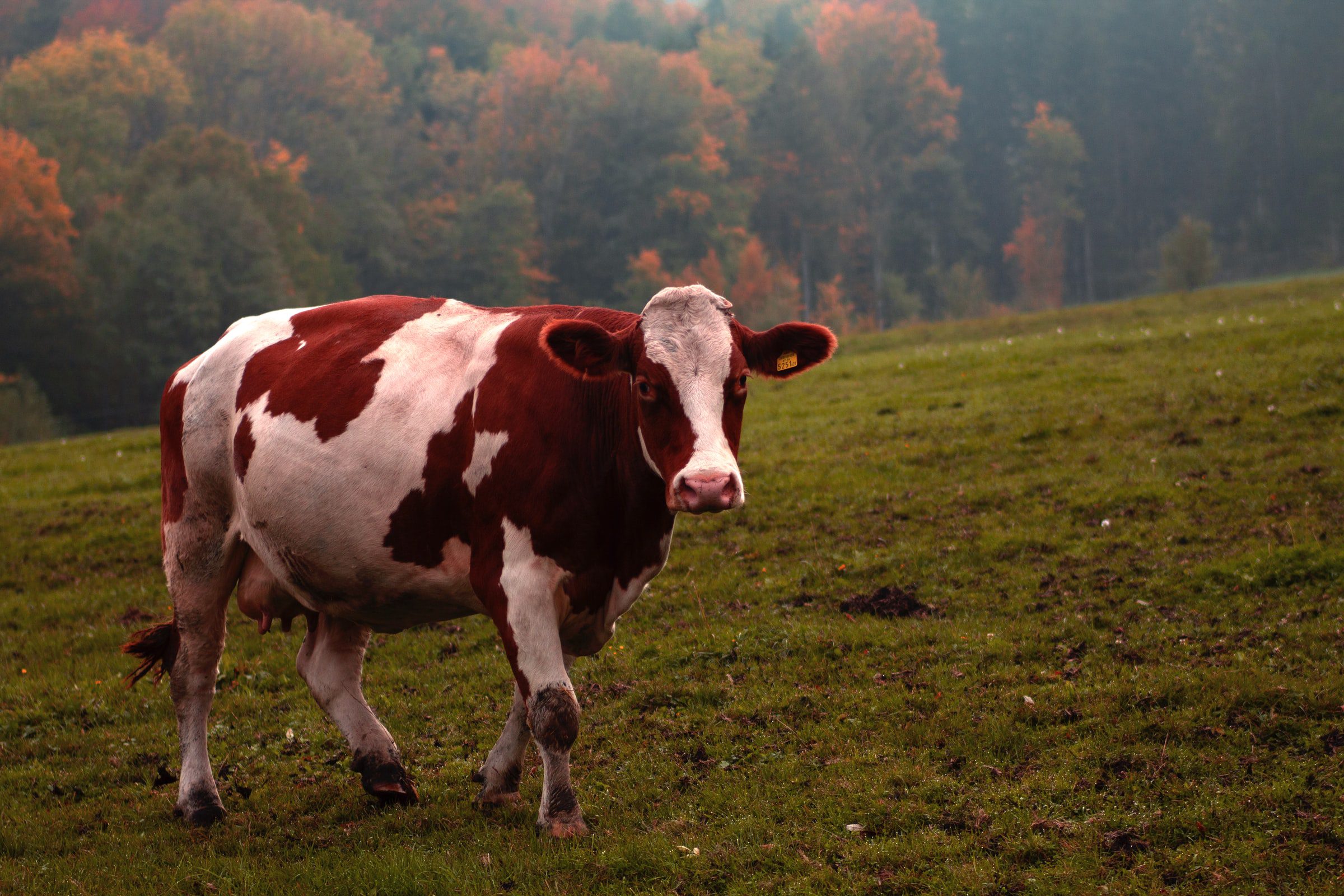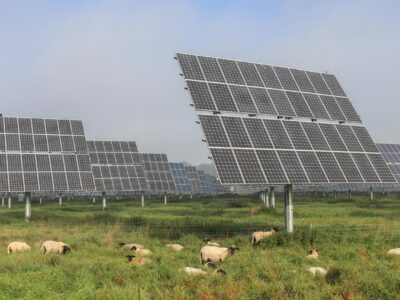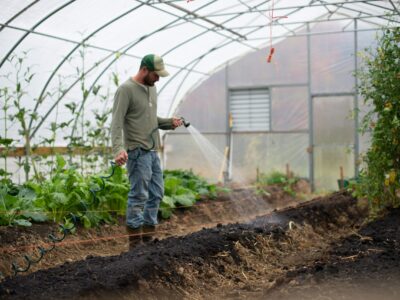People often associate hazy city skylines filled with smog, highways packed end to end with cars, and large factory smokestacks with deteriorating environmental conditions. Traditionally, the agriculture industry has also been a culprit too, albeit a transparent one.
The agriculture industry accounts for around 10% of U.S. emissions, with a quarter of that attributed to the livestock industry. Because of these steep numbers, the National Cattlemen’s Beef Association (NCBA) has laid out measures to improve sustainability efforts within the cattle industry. NCBA CEO Colin Woodall emphasized the urgency of the issue, saying “Five years ago, 10 years ago, there is no way this panel would be taking place at NCBA, period. There’s no way.”
The plan relies on three pillars of action: environmental, economic, and social. Marty Smith, a Florida Cattleman and past president of the NCBA talked about the sustainability measures, saying, “This is just the next step on our industry’s path,” and continues, saying “Producers deserve recognition for their use of cutting-edge practices and technologies that minimize environmental impact. By setting goals, we’re publicly committing to continuous improvement and setting targets that allow us to measure and document those efforts.”
Of these goals, the most pressing is their environmental concern. The NCBA set their sights on climate neutrality by 2040, or as Jason Sawyer, an associate professor and researcher at the King Ranch Institute at Texas A&M defines it, “minimal or no effect on acceleration of warming in the atmosphere.” This translates to introducing and nurturing sustainable farming practices into their systems as a way to offset the methane produced by the cows. Sawyer speaks on this saying, “The goal should not be to make it (methane) go to zero. We just need to manage the rate of methane emissions so that the warming effects go to zero.”
Socially, the NCBA wants to show that their cattle farmers are stewards of the animals, the land, and the other workers. This means continuously improving workforce safety and wellbeing, demonstrating strong animal welfare practices like humane living conditions or expanding programs like the Beef Quality Assurance (BQA) program. It also means expanding education in animal care. Mike Williams, a cattle producer from Southern California says, “The goals show that U.S. cattle producers are committed and accountable.”
Economically, their biggest issue has been concerned with the low price of beef. On top of that, beef is still in high demand. Kristine Richmond, head of sustainability and ESG at Darden, a company that owns restaurant chains like Olive Garden and Capital Grille, verified that, saying, “The demand for beef continues to walk through our front doors.” She explained that restaurant sales this year were up 14% compared to pre-pandemic levels. In reaction to this, the NCBA is seeking to improve producer profitability and economic sustainability by 2025. Jason Sawyer further explained that the plan for financial sustainability is the key to the success of the rest of the sustainability plan and supports both the social and environmental efforts.
However, these sustainability measures are not just about improving the business entity of cattle farming, it is about modernizing the industry. NCBA senior director of sustainability, Ashley McDonald, talks about this process of modernization, saying “One thing that’s really important is it’s not just about a climate goal, an environmental goal, it’s not even the economic goal. It’s about all of them, because sustainability truly is a balancing act between everything that we do.”
At the end of the day, this proposition is about revitalizing an industry. It comes at a time where being cognizant of the role one plays in this global environment is of utmost importance. For the cattle industry, it is about making a commitment to those who uphold the standards of their industry and making a commitment to those it serves, and ultimately, that is exactly what they have done.





